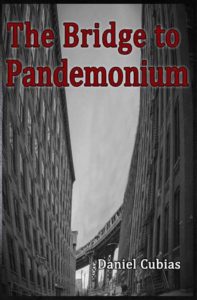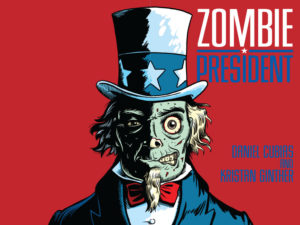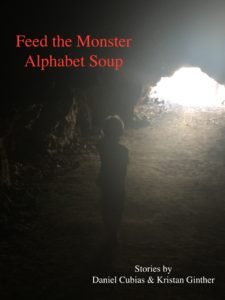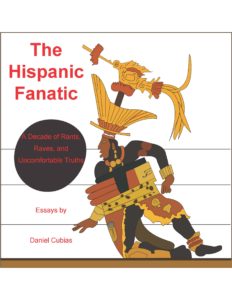In the park where we gathered each July 4 when I was a kid, my family was just one the groups who turned the area into a smaller, less-bloody reenactment of one of America’s numerous land rushes. Each clan’s blanket on the bumps and dips of the main lawn signified sovereignty, at least for the day. Grills were stoked and coolers were stocked, while people lounged in the sun and blared radios that were tuned to salsa or Sousa or “Casey Kasem’s Top Forty.”
Virtually everyone in the park was an immigrant or first-generation progeny – thousands of people in one place at one time to laud an adopted country. It was as if some immense Latino family reunion were taking place, cordoned off from the rest of the state. The newest arrivals celebrated America’s founding with the zealous belief that each subsequent generation could never appreciate the nation’s charms as much as they did.
Scores of teenagers huddled in packs organized by gender, scouting for patrols of the opposite sex. The adults were less mobile, and they laughed and ate and yelled, “Ai ya ya” after gulping what they promised would be their final Tecates of the afternoon.
Old men sat in lawn chairs between fluttering American flags and smaller, but still majestic, banners of Mexico or Puerto Rico. The men spoke about the United States with such fervor that it was as if they could account for all of the country’s previous 200+ birthdays.
Until dusk, kids ran around the park, gathering together at random to see things explode into bright shards. The powerful firecrackers we lit would horrify modern parents, but these were the days when infants bounced around in station wagons without car seats and teens went for afternoon-long bike rides (sans helmets) and children played king of the hill on mounds of rusty, jagged-edged trash in the local junkyard. By contemporary standards, it’s amazing that anyone came out of this era alive.
When the fireworks started, hundreds of children scrambled for their families’ blankets. The initial salvo was always a surprise, which was inexplicable in that it was the most eagerly anticipated sight of the weekend.
The fireworks popped off one at a time, with up to a minute between each burst. An explosion in one of a dozen different styles lit up the evening, and a second or two would pass before the boom thundered upon us.
One year, we brought our new cousins – all young children who had come from El Salvador – to see the fireworks. They either watched in stunned disbelief or cringed in outright terror. As we discovered later, putting on a pyrotechnics show for children who had escaped war and witnessed horrific firefights was not the sharpest move. It was, to be blunt, a fuck-up. We had to coax one of my cousins out from under a blanket. But by the second year, with their Americanization in full force, they cheered every supersonic outburst of color in the sky.
The finale was majestic, and as the final rumbling echo rained over us, flames in the shape of an American flag erupted over the water, and the audience cheered its birth.
The crowd stretched to its feet like a great cat awakening. The adults scooped up their blankets and coolers and backpacks. The colossal American flag smoldered in the pond, and the last cloud of smoke faded into the night.




